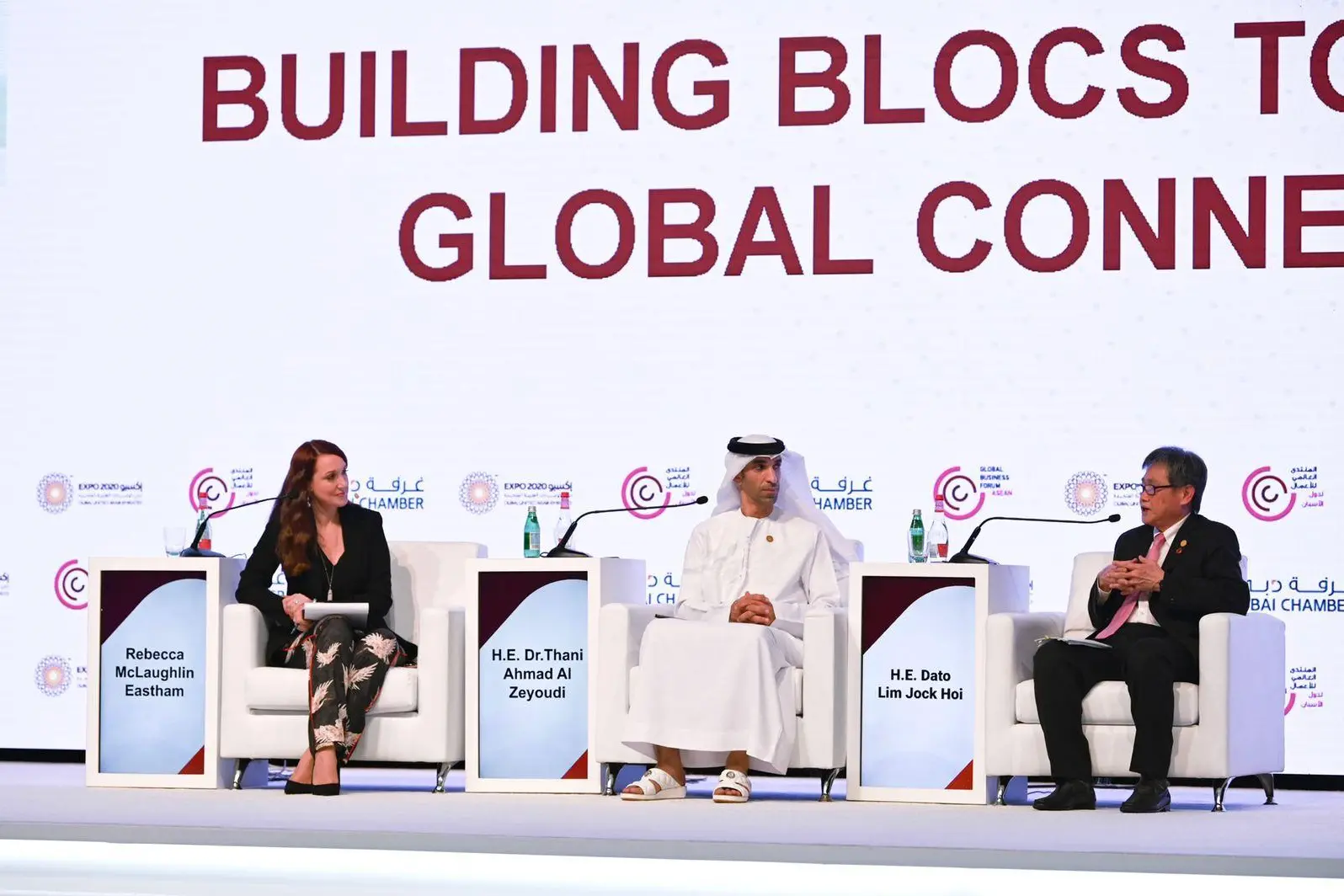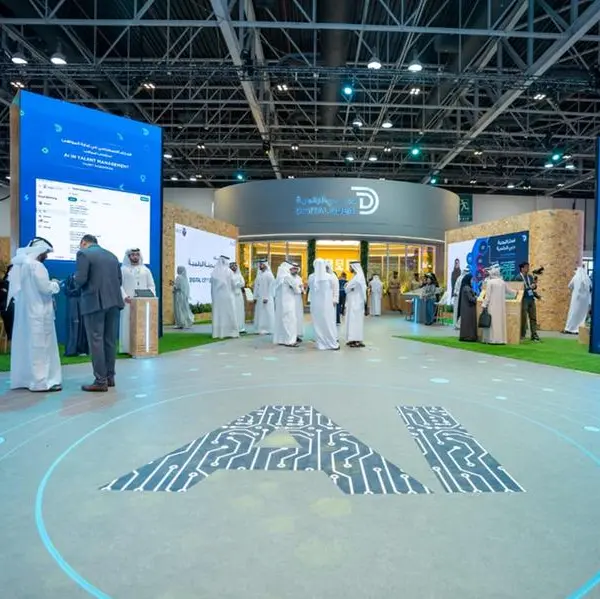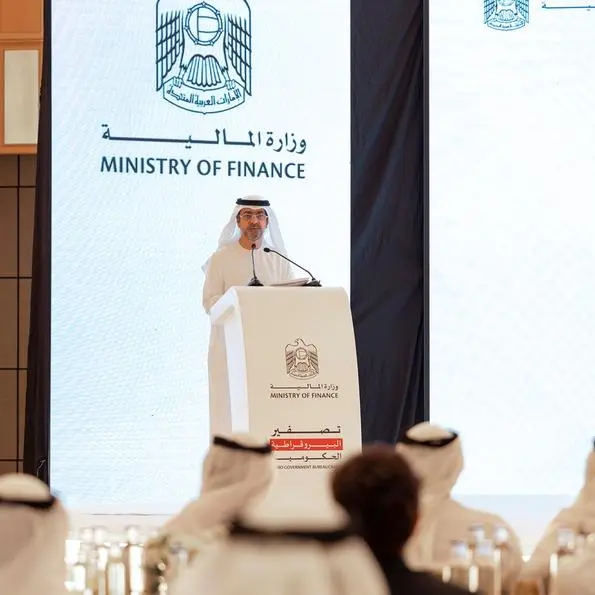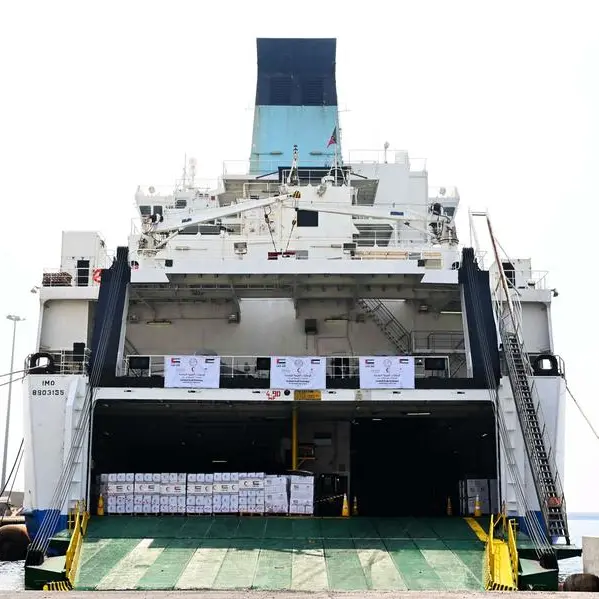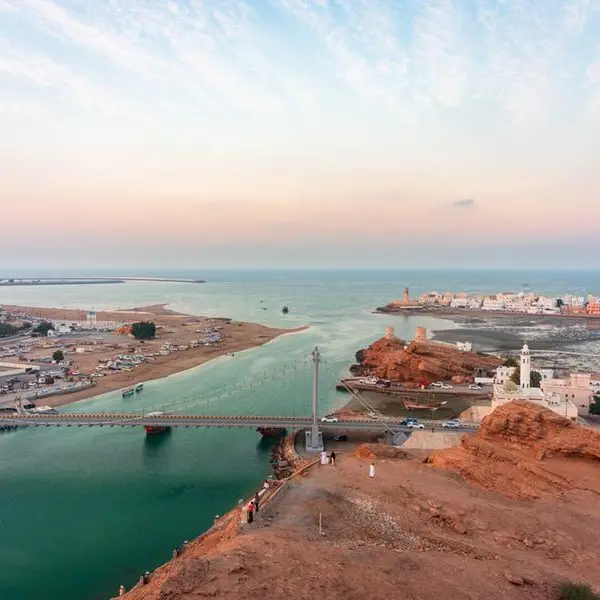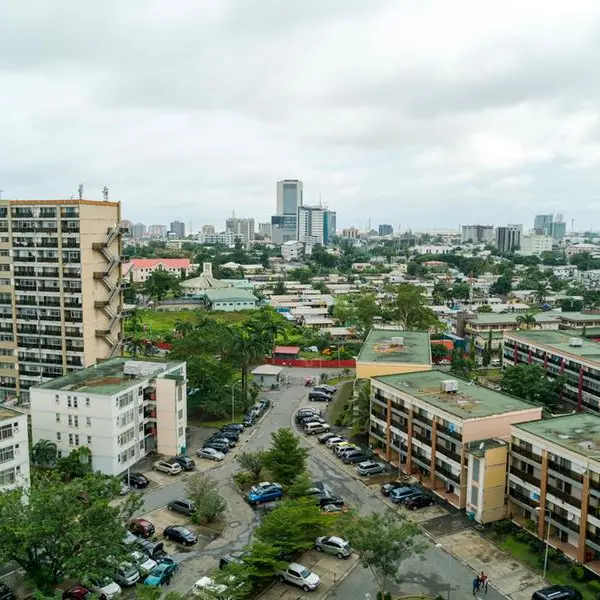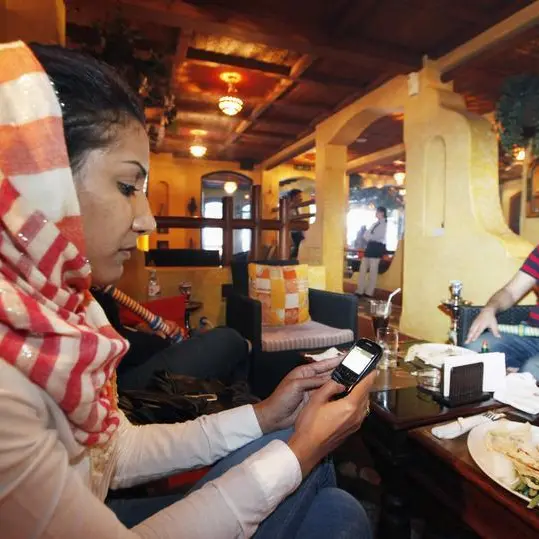PHOTO
UAE - Countries across the Association of Southeast Asian Nations (ASEAN) that are looking for a global business hub full of unmatched economic opportunities need not look further that the UAE, experts said at the inaugural Global Business Forum (GBF) ASEAN in Dubai.
Bearing the theme ‘The New Frontiers’, GBF ASEAN is organised by the Dubai Chamber under the patronage of His Highness Sheikh Mohammed bin Rashid Al Maktoum, Vice-President and Prime Minister of the UAE and Ruler of Dubai. The two-day forum, which opened its doors on Wednesday morning at Expo 2020 Dubai, aims to explores trade synergies build new bridges of economic cooperation between the UAE and ASEAN markets.
The event brought together several senior level delegates, officials, and experts, who looked back at the strong ties between the GCC and ASEAN markets and expressed their confidence in how these bilateral ties will only continue to strengthen in the coming years as more opportunities to collaborate in various sectors arise. According to a new whitepaper released by Dubai Chamber ahead of the event, the total value of investments from the GCC into the ASEAN region was estimated at $13.4 billion between January 2016 and September 2021. Meanwhile, the UAE accounted for 74 per cent of GCC investments in ASEAN markets over the last five years.
The number of companies from the Association of Southeast Asian Nations (ASEAN) registered with Dubai Chamber has increased by 35.5 per cent since 2018 to exceed 3,300 today, said Abdulaziz Al Ghurair, chairman of Dubai Chambers.
Discussing the already strong economic ties that exist between Dubai and the 10-member states that make up the ASEAN region, Al Ghurair stressed that there were even more possibilities that were opening up in the wake of the global pandemic, with enhanced cooperation and partnership the key to capitalising on trade and investment potential.
“Dubai-ASEAN non-oil trade in the last five years reached around $110 billion. Yet, there is huge potential to expand bilateral trade further and tap into existing synergies. In order for this to happen, we must work together to remove trade barriers, facilitate ease of doing business and identify new areas where we can align our ambitions,” he said.
Al Ghurair also drew attention to the initiatives that Dubai has introduced to open up trade between the emirate and ASEAN countries, with the World Logistics Passport being one such development aimed at improving commerce between the regions. “I call on ASEAN countries that have not yet joined the World Logistics Passport to do so to utilise this network to expand trade links and boost their global profile and reach.”
On the other hand, the ASEAN region accounted for just four per cent of the GCC’s total exports over the five-year period, amounting to $126 billion, with the majority comprising of crude oil at 43 per cent and plastic polymers at 20 per cent. The whitepaper also noted that the digital economy is expected to drive growth in ASEAN’s key sectors, and that there remains plenty of potential for ASEAN and GCC companies to boost the trade of agricultural products, as well as knowledge sharing in several other key sectors to provide a framework for deeper collaboration.
Stephen Moss, regional chief executive officer for the Middle East, North Africa, and Turkey region at HSBC, noted that interest in ASEAN from the Middle East is at an all-time high. He revealed that if one were to look at ASEAN as one entity, then it would be the third-largest economy in Asia and the fifth-largest in the world. “The region is also expected to become the world’s fourth-largest economy by 2030. It sits right in the middle of two of the world’s largest trade agreements – the CPTPP and RCEP,” he said.
Exports from ASEAN are valued at over $1.3 trillion, and this will more than double to $2.8 trillion by 2025, making ASEAN the world’s fastest-growing trade bloc, he added.
“In terms of digital adoption, ASEAN already has one of the world’s most digitally enabled populations, with 40 million additional Internet users reported in 2020 alone,” Moss said. “The total number of users is expected to rise from 130 million to 300 million by 2030. This is not to mention the dynamic population, 35 per cent of which are under 20 years old – a population that is fast moving into the middle class. Given all of this, we can see why investors from the Middle East are increasingly looking East towards ASEAN.”
Professor Romano Prodi, president of the Italy-ASEAN Association, also talked about how business models had needed to evolve, with partnerships becoming a key pillar of strategies. ”The Regional Comprehensive Economic Partnership (RCEP) emphasizes the possibility of establishing partnerships with non-member countries around the world. The agreement is therefore, in the interest of the entire region and will contribute to stimulating global economic recovery. We must support SMEs because they make up a major pillar of the global economy, but they need to organise themselves in an integrated system and build relationships with suppliers.”
Several other experts also looked back at the impact of the Covid-19 pandemic on economies in the ASEAN, and how recovery was slowly but surely on the cards.
Amalia Adininggar Widyasanti, Deputy Minister for Economic Affairs of Indonesia, told attendees that Indonesia began recording growth again as of the second quarter of 2021. “We are the largest economy in ASEAN with a GDP of over $1 trillion and this means that once Indonesia’s growth accelerates, we can become an engine for growth for the entire region. We will embrace the post-Covid-19 recovery momentum to redesign and reposition our economy, improving productivity and shifting towards a greener economy and a greater adoption of technology and the digital transformation.”
Widyasanti alos said that Indonesia is committed to the SDGs, and has adopted six strategies for the country’s transformation. Among these are the national capital city strategy. “We are planning to move the capital to Borneo island, which is a huge project that will open tremendous investment opportunities, not just in infrastructure, but also in areas such as manufacturing.”
Similarly, Fortunato de la Pe?a, secretary at the Department of Science and Technology in the Philippines, said that the stage is set for the Philippines to make a comeback. “A recent report by Oxford Economics concluded that the Philippines will be among the fastest countries to recover from the pandemic. The pandemic accelerated our digital shift; many innovations and startups came out of necessity during the outbreak, such as remote learning systems. We have now instituted a new policy for open science and data and we’ve already achieved three of the ten items on our list.”
Copyright © 2021 Khaleej Times. All Rights Reserved. Provided by SyndiGate Media Inc. (Syndigate.info).
